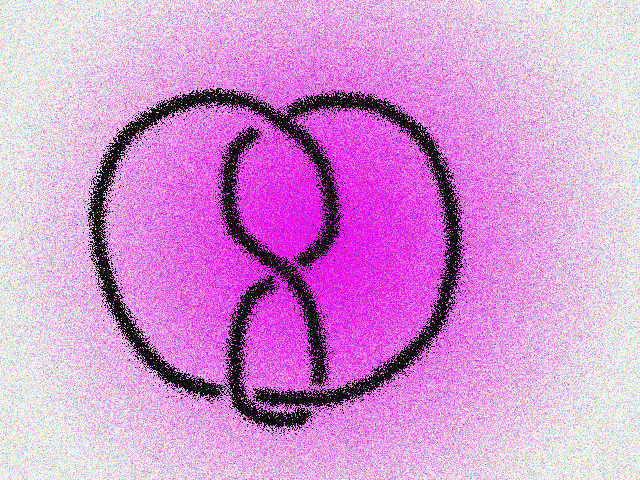 Tetsuo DEGUCHI
Tetsuo DEGUCHI

Department of Physics, Professor
[ Japanese / English ]

|
The ultimate goal of the research of this group is to enhance our knowledge
on various nonlinear behaviors of fundamental physical systems. From the
viewpoint of statistical mechanics, we want to clarify nontrivial
cooperative phenomena obeserved in many-body systems.
We have two research subjects:
Because crossing of a chain section by another is inconceivable, a ring polymer remembers its topology and cannot alter it. The topology of a given ring polymer is described by a knot. Thus, in order to calculate statistical averages of some physical quantities of ring polymer, we have to take ensemble averages over such configurations of ring polymers that have the same topology or knot type. Polymers can often be approximated as very long flexible chains, and the entanglement effects among them can play an improtant role in their dynamical and statistical properties. Polymers (or macromolecules) have very large molecular weights. The chain of a linear polymer consists of a long sequence of monomer units, whose degree of polymerization is given by about 1, 000 or 10, 000. Thus, the chain of polymer can indeed be well approximated as a flexible string. Polymeric materials are rather familiar in daily life such as rubber, egg white, gels and so on. Polymeric materials show both elastic and viscous behaviors. However, it is not easy to explain the viscous and elastic properties starting from the fundamental principles of physics. Recently, we have introduced a systematic and practical method for studying topological properties of ring polymers. [1,2] Making an extensive use of Vassiliev-type invariants, which are topological invariants of knots and links, we can perform computer simulations of ring polymers under topological constraints. We hope that our new method might be useful for clarifying many interesting properties related to topological entanglement effects of polymers. We are also studying integrable quamtum spin chains such as XXZ model, and integrable 1D system of strongly correlated electrons such as the one-dimensional Hubbard model. [3,4] |
 Home Page of Deguchi Laboratory
Home Page of Deguchi Laboratory